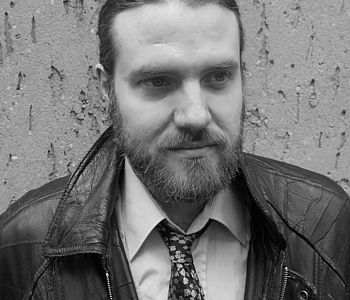Paul Franke | Associated Researcher
Former Member
Home Institution
:
Philipps-Universität Marburg / Centre Marc Bloch
|
Position
:
Associated Researcher
|
Disciplines
:
History
|
Institution of thesis
Supervisor
Illegal Markets and Economies: Art Theft, Art Forgery and illegal Trade of Antiquities between 1890-1990 in transnational Perspective
A transnational and dynamic market for art and antiques already existed at the end of the 19th century. Although historical research has already gained far-reaching insights into this market, a significant and important blindspot remains for the history of the 20th century: the role of illegality.
The art and antiques trade exploited, and even seemed to need crime to function. Criminals, at the same time, used legitimate structures to conduct business. Despite this connection, the two spheres of the market – the legal and the illegal side – have mostly been researched separately.
This project however looks for shared networks and spaces as well practices and structures the spheres had in common while at the same time tracing their development along the disruptions of the 20th century.
Criminal entrepreneurs, such as thieves, counterfeiters, and fences, just as much as buyers used market mechanisms and (infra-)structures of legal markets for their illegal activities. An economic history informed by cultural-history that looks at both sides of the market enables new perspectives on the history of art thefts, forgeries, and illegal trade. It enables new insights into the historical constitution of markets, into illegal and legal economic activity, and into the actions of political institutions with regard to the regulation or sometimes use of illegal economies on a transnational level.
The project places particular emphasis on the role of actors, agents, and spaces that built bridges between the spheres of legal and illegal art trade. By reconstructing historical practices of economic activity the project further employs praxeology to question the all too rigid categories of “legal” and “illegal” in the period of 1890-1990.